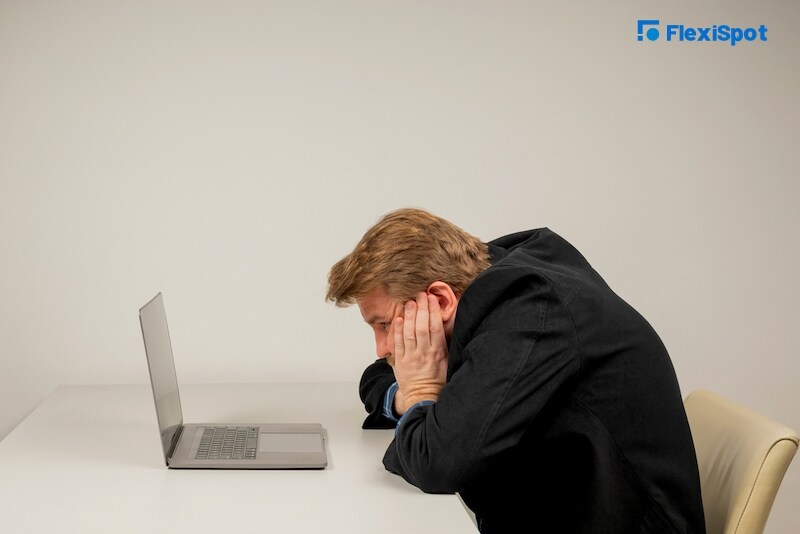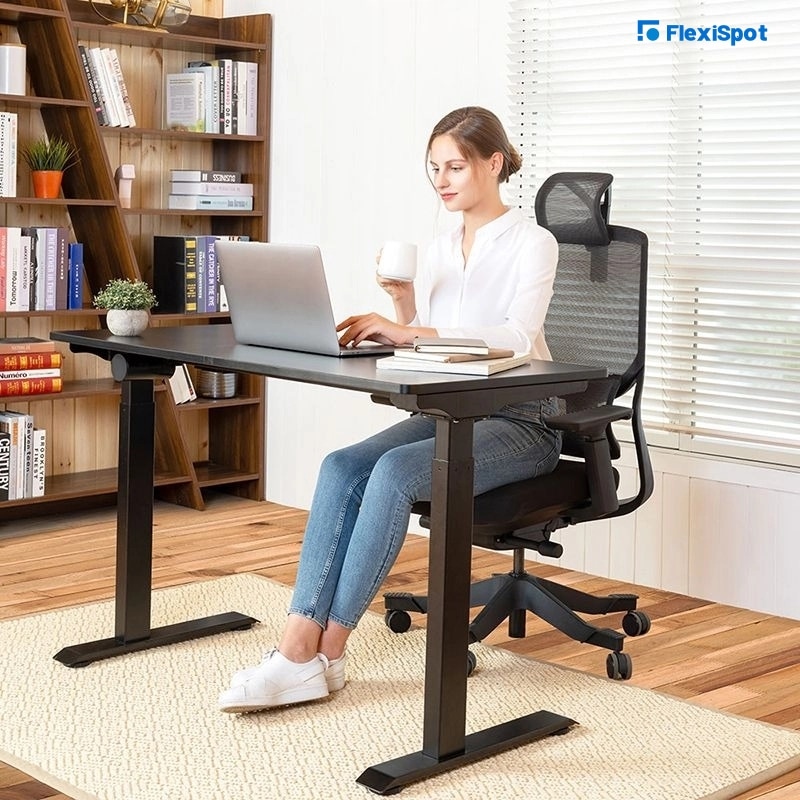Some pains are so severe that they can make even the toughest people cry. One such type of pain is Sciatica. It's a radiating pain that seems to move, starting from the lower back all the way down to the leg and back. It can be very severe, enough to restrict your movement and restrict you to the bed.
Does that mean if someone has developed Sciatica, they'll have to bid farewell to their regular life? Not at all! You can still go about your routine life. All you've got to do is be careful about some basic things like your posture, the way you walk, the way you bend, and the way you do your routine activities. As long as you're cautious, you're good to go!
Many people who get Sciatica pain for the first time don't quite understand what's happening to them. What's worse is that no pain killer seems to offer them long-lasting pain relief.
This blog post is focused on what Sciatica is and what experts have to say about it to help you manage your condition better. The more you know about what you're suffering from, the better you'll be able to tackle and manage it.
What is Sciatica Pain?
To start, let's first understand what exactly Sciatica is. Like we said in the beginning, it's radiating pain. Like a headache or regular backache, it doesn't stay in one place. You can't really pinpoint one spot where it's paining because the pain seems to be moving along a path. This is one of the major characteristic features of Sciatica. The pain originates from the lower back and moves along the hip down to one leg. One thing that'll help you differentiate and identify this type of pain is that you'll only feel pain on one side of the body (along one buttock and leg).
The most common causes of Sciatic is a bone spur, herniated disc, or the narrowing of the spinal cord that results in the compression of a part of the Sciatic nerve. This nerve runs all the way to your legs which is why the pain spreads from the back to the leg. The compression of the nerve leads to inflammation and pain, and at times, the numbness of the leg that's affected.
Most of the time, this condition can be resolved without any operative procedures. However, if the pain is severe and nothing seems to be working, surgery might be the best option.
Impact of Poor Ergonomics on Sciatica
Poor ergonomics is one of the leading causes of Sciatica in working individuals. For those who already have Sciatica, poor ergonomics can worsen the situation. Sitting for long durations in an incorrect posture can put excessive stress on the lower back muscles. Common postures that may put stress on lower back muscles and may lead to muscle spasms include:
Slouched or Slumped Posture
When you sit on your office chair such that you're sitting at the edge of the seat with your body sliding forward and the back slouched into the backrest. When you sit in this posture, your lower back gets no support, and that may cause muscle spasms.
Prolonged Leaning Posture
When you sit in a forward-leaning posture, your body is constantly pulled into a further leaning position by gravity. The lower back muscles have to stay constantly active to provide your body the support it needs to not fall forward. When the muscles are constantly working, the chances of them going into spasms are pretty high.
You may now wonder what muscle spasm has to do with Sciatica. Well, let's see. The Sciatic nerve runs through the muscles of your lower back. If these muscles are spasmodic, they might irritate the Sciatic nerve and lead to Sciatic.
What Actually Happens?
Let's have a walkthrough of what actually happens when you sit in poor posture for prolonged periods.
When you're sitting for extended periods, your entire body weight is transferred to your pelvis via the lumbar spine. This means that the spine is under constant compression. All the nerves leaving the spinal canal may also undergo compression, which increases the chances of you developing Sciatica. If you already suffer from Sciatica, the area around the nerve root is already inflamed. The nerve root is the part where the spine leaves the spinal canal. As a result, there's less space for the nerve to move about, and that'll worsen your Sciatica pain.
Another way prolonged sitting can increase the chances of Sciatica is how sitting can affect the piriformis muscles. These muscles are situated around your sitting bone. This means if you're sitting in the same posture for a long time, your piriformis muscles are constantly under stress, which can cause them to spasm. By now, you already know what muscle spasm can do to the Sciatic nerve; compress and irritate the Sciatic nerve, which presents the symptoms of Sciatic pain. If you already have Sciatica, you know sitting for too long won't do you any good!
How to Sit with Sciatica?
Now that you know the possible causes of Sciatica and how you may be actually contributing to the worsening of your condition, let's move on to the most important part of the discussion: what's the right way to sit if you've got Sciatica?
Use an Ergonomic Chair
You've got to be very careful if you already suffer from Sciatica pain. If your job requires you to sit for too long and there's little you can do about it, we suggest you invest in an ergonomic chair like the Soutien Ergonomic Office Chair. The ideal sitting position for people with Sciatica is to make sure your feet are placed flat on the floor and the legs are at a 90-degree angle with the trunk. You can't ensure you meet this criterion if you're sitting on a regular office chair. However, an ergonomic chair comes with adjustable height and seat features. You can adjust the seat's height and angle to suit yourself. Moreover, you'll also be able to adjust the back support with an ergonomic chair. All of this will ensure that you don't put the muscles of your lower back under any undue stress.
Use Back Support
You can also use lunar support to transform your regular chair into a more comfortable chair. The back support cushion isn't like any standard cushions. It features contours that provide the lower back with just the support it needs, thereby ensuring that your pain doesn't get worse.
Take Breaks
Take breaks every half hour or so. Don't keep sitting all day long. Get up from your chair, walk around, stretch, and loosen up your body. This would ensure that the muscles of your lower back don't get fatigued, thereby reducing the chances of muscular spasms in that region, which will eventually help reduce the painful episodes of Sciatica.
Sit Properly
A lot of people often sit at the edge of their seats to be close to their computer screens. As much as that would help you have a better view of the screen, it leaves your back completely without support, which increases the chances of your Sciatica worsening. Make sure your buttocks cover the entire seat's surface so that your back touches the backrest and you feel comfortable. If setting the computer screen is a concern, invest in an adjustable computer screen mount.
Don't Sit Cross-Legged
Many people sit cross-legged, which makes them feel comfortable. But as much as it may feel good, it's bad for your Sciatica. Sitting cross-legged with Sciatica is literally the worst practice. Crossing legs puts excessive strain on your lower back, which you know can worsen your pain.
Sit with Feet Flat on the Floor
It's important to make sure your feet are flat on the floor. Many people sit such that only their toes are touching the floor. You may not think it's significant, but it is. Not having your feet flat on the floor means your body weight isn't evenly distributed, and that can put pressure on your lower back. The more the pressure on your lower back, the higher are the chances of your Sciatica going bad.
Don't Sit Directly on the Floor
Another thing to remember if you've got Sciatica is not to sit directly on the floor. That's because when you lower yourself down on the floor and then pull yourself back up, all the pressure is on your lower back. And putting pressure on your back is the last thing you would want to do.
Sciatica pain can be quite severe. It can become a hurdle between you and your normal life. However, if you're able to take the right precautionary measures, you can continue to live just like you would have had you not developed this condition.



